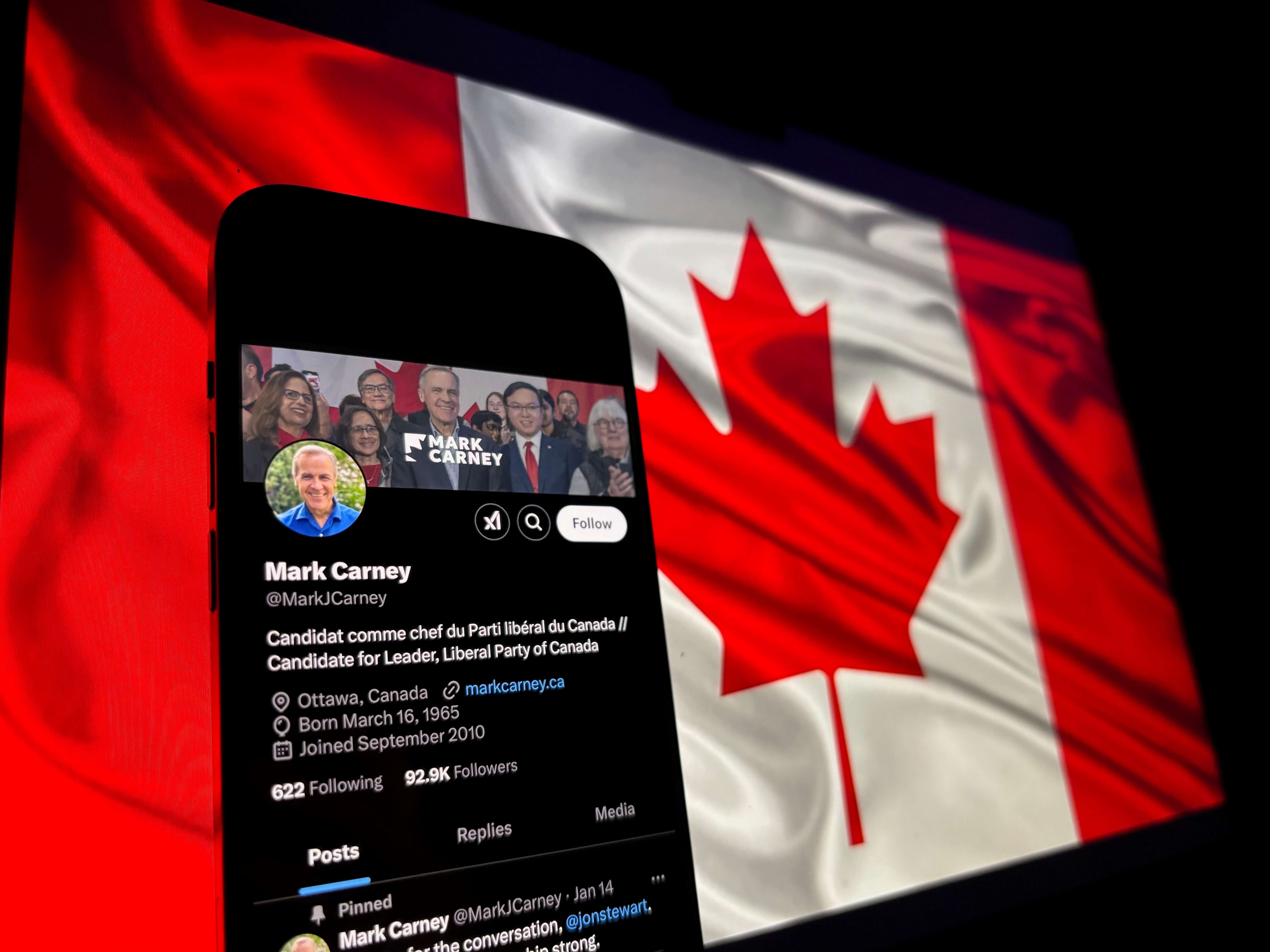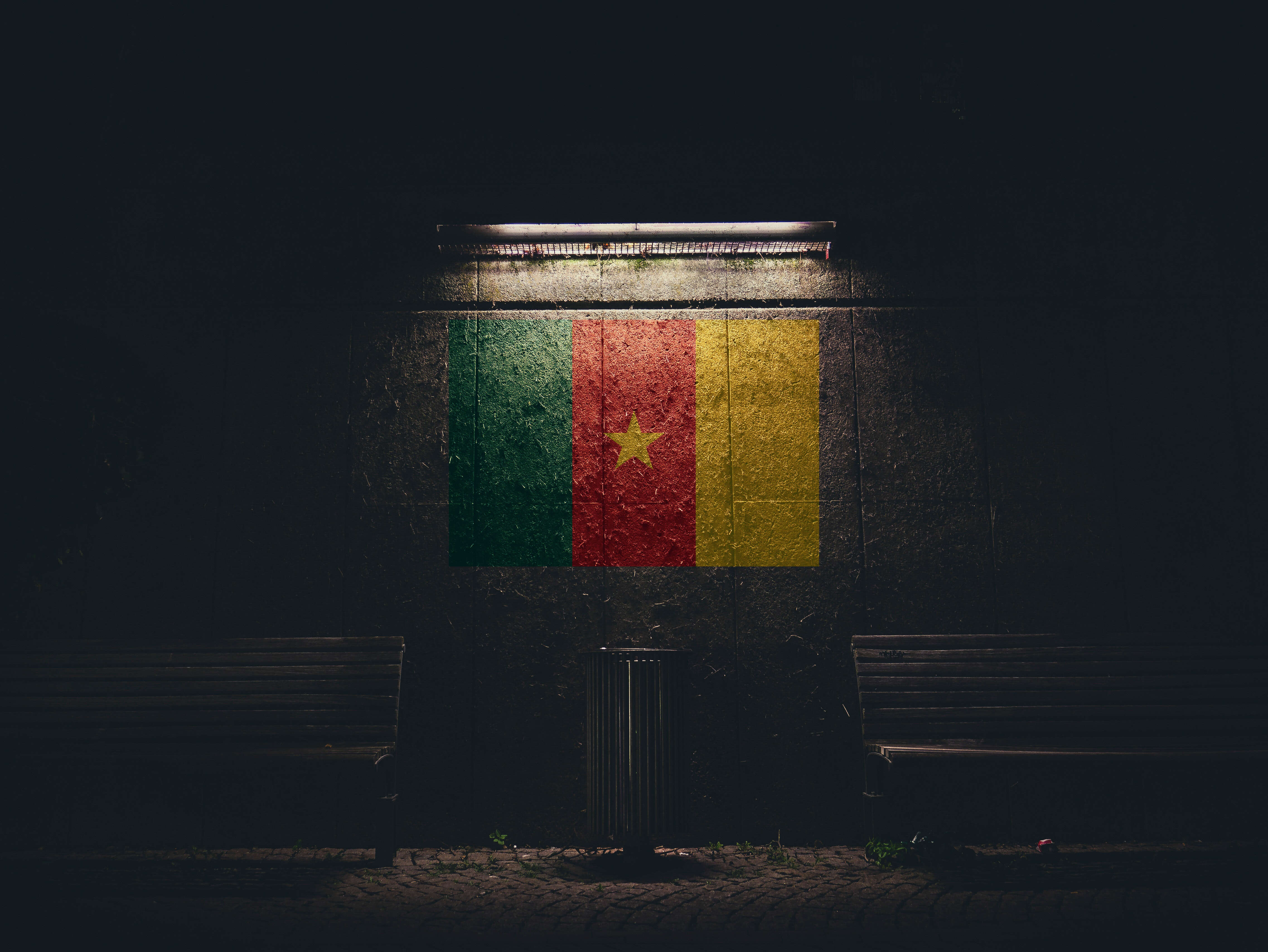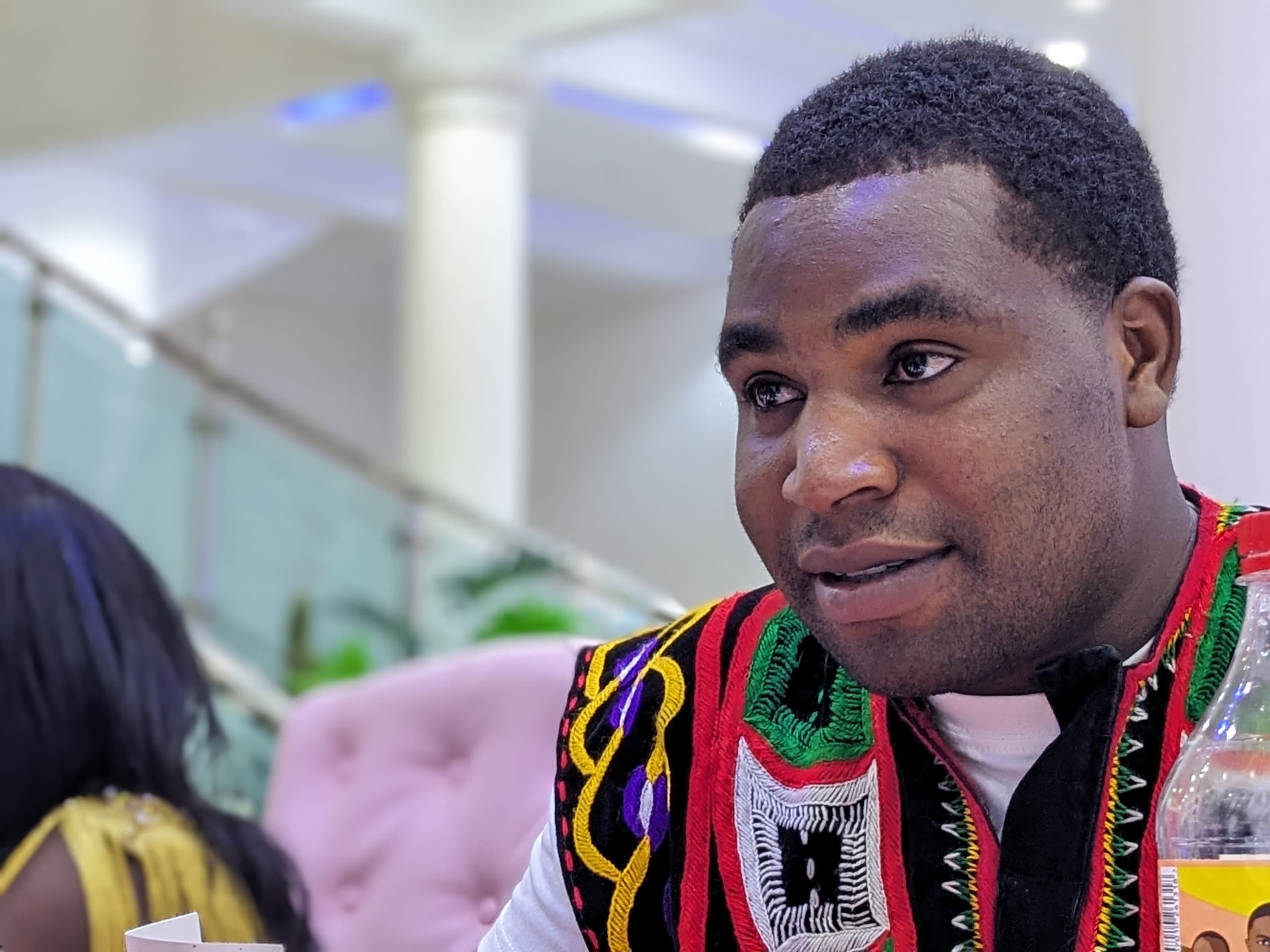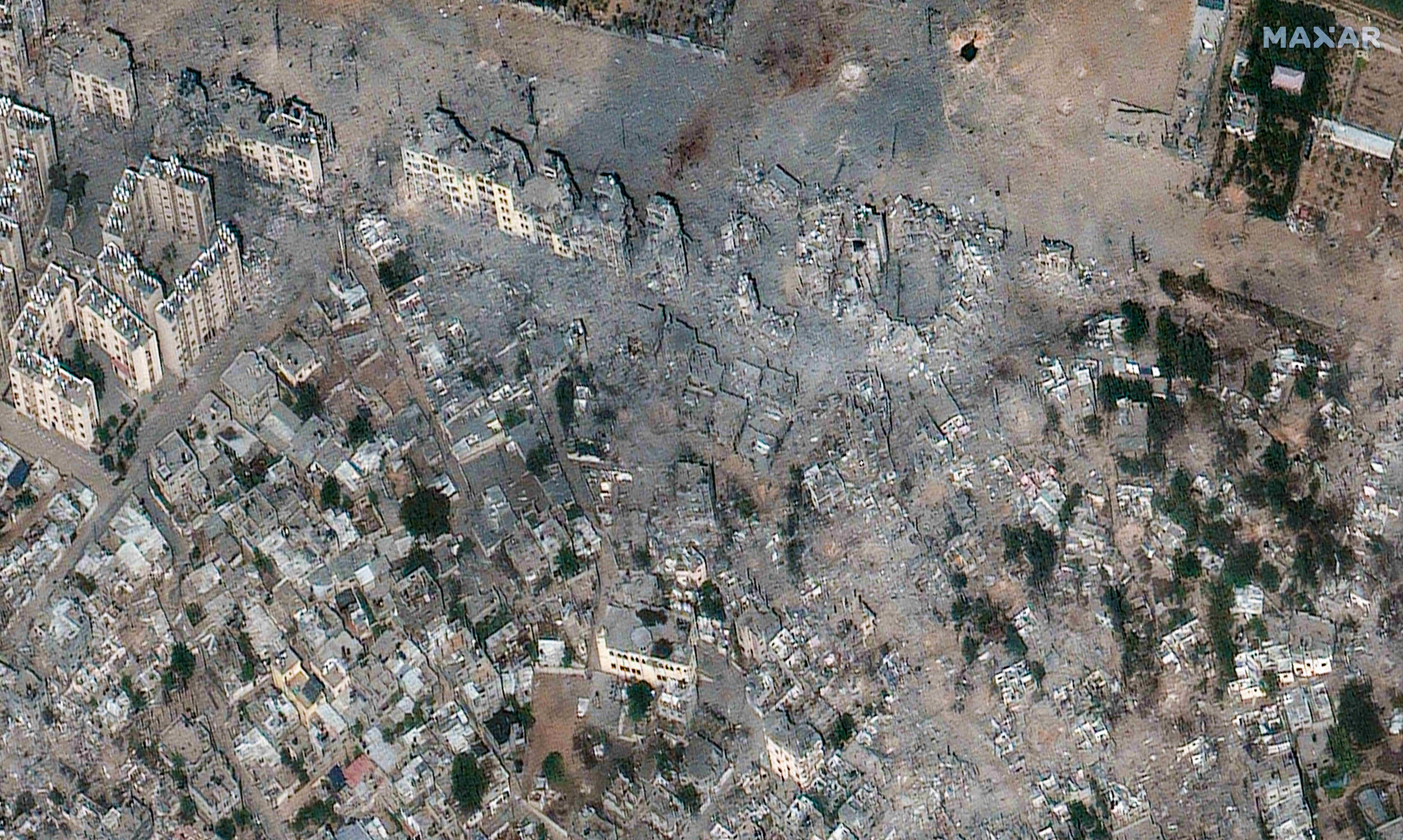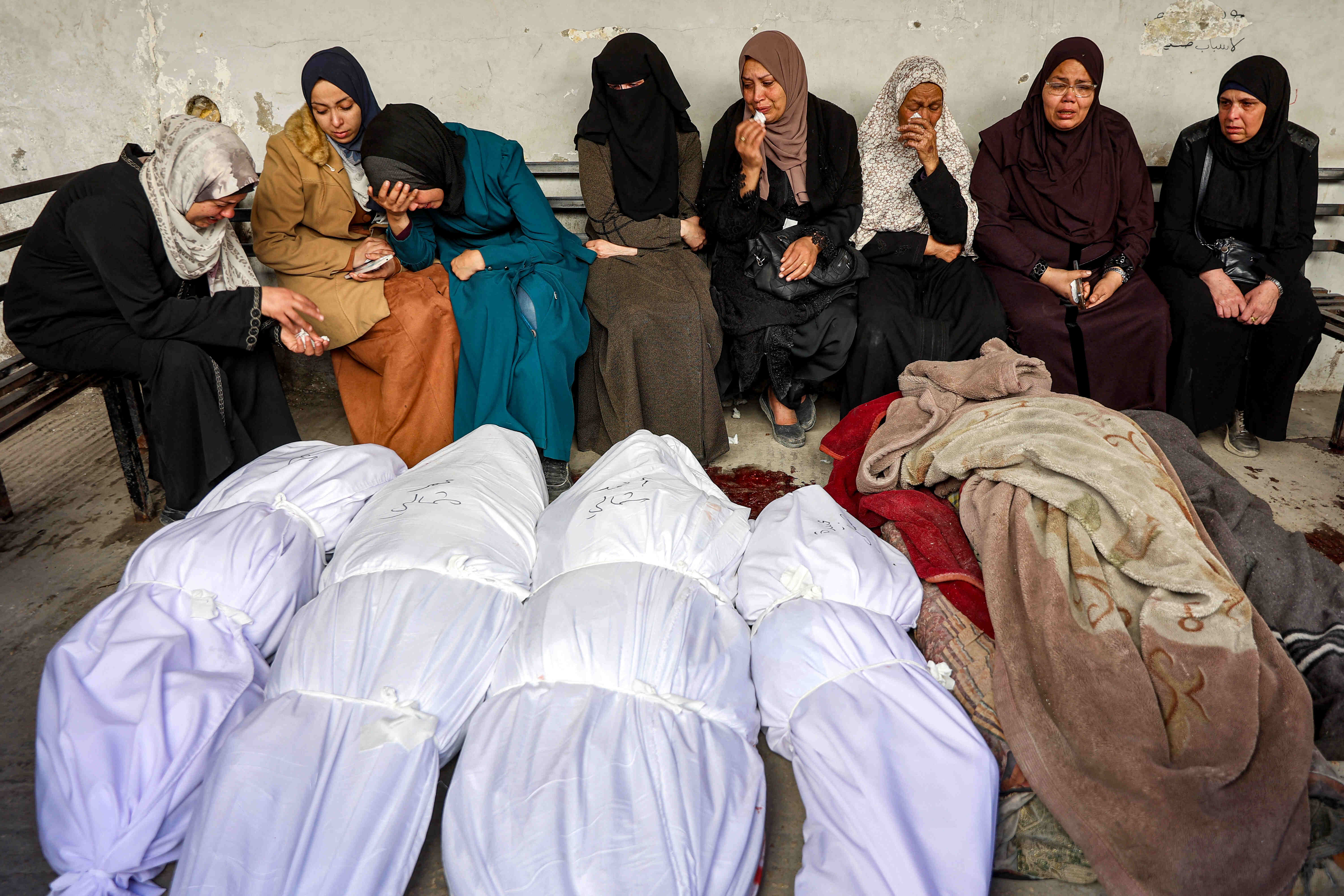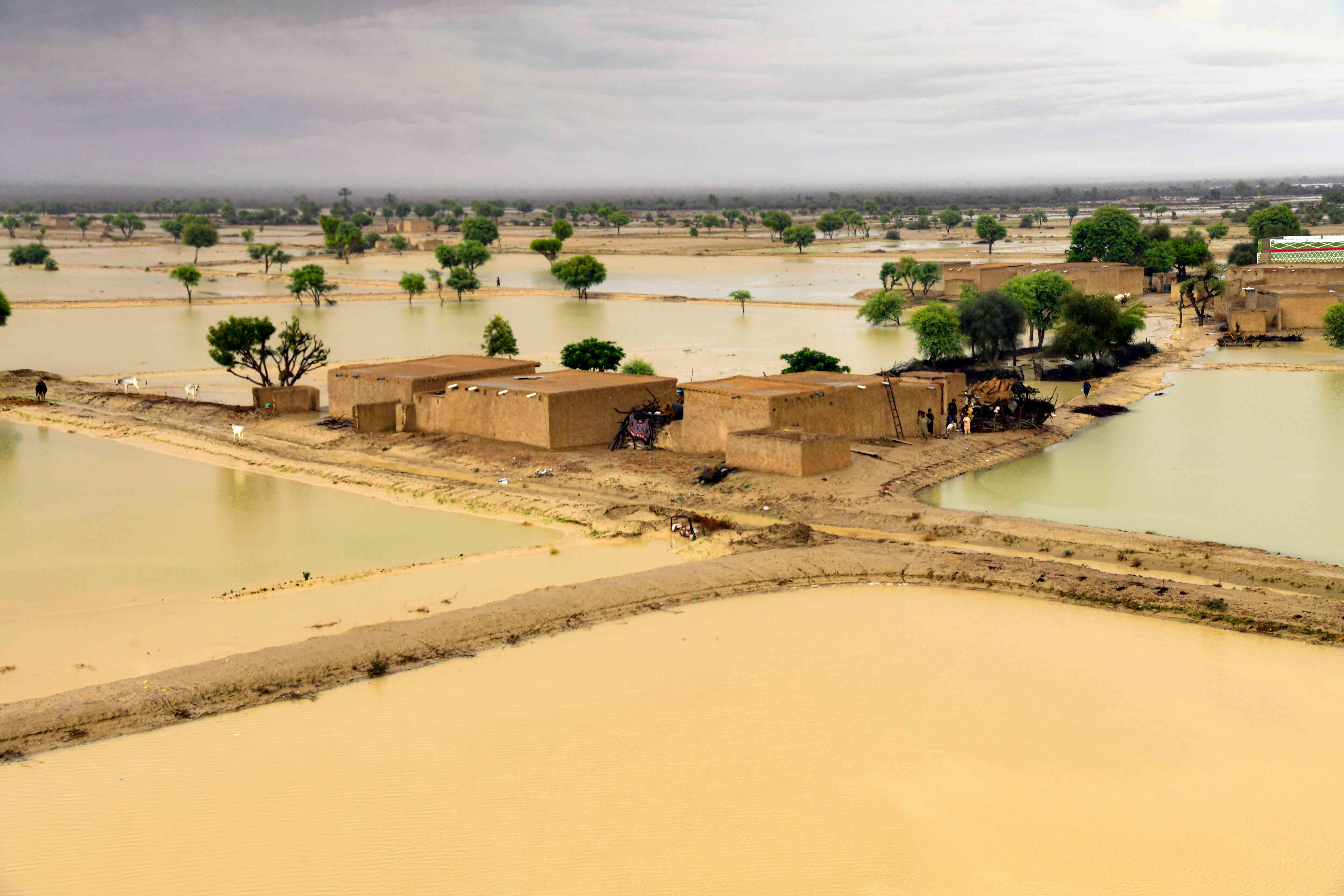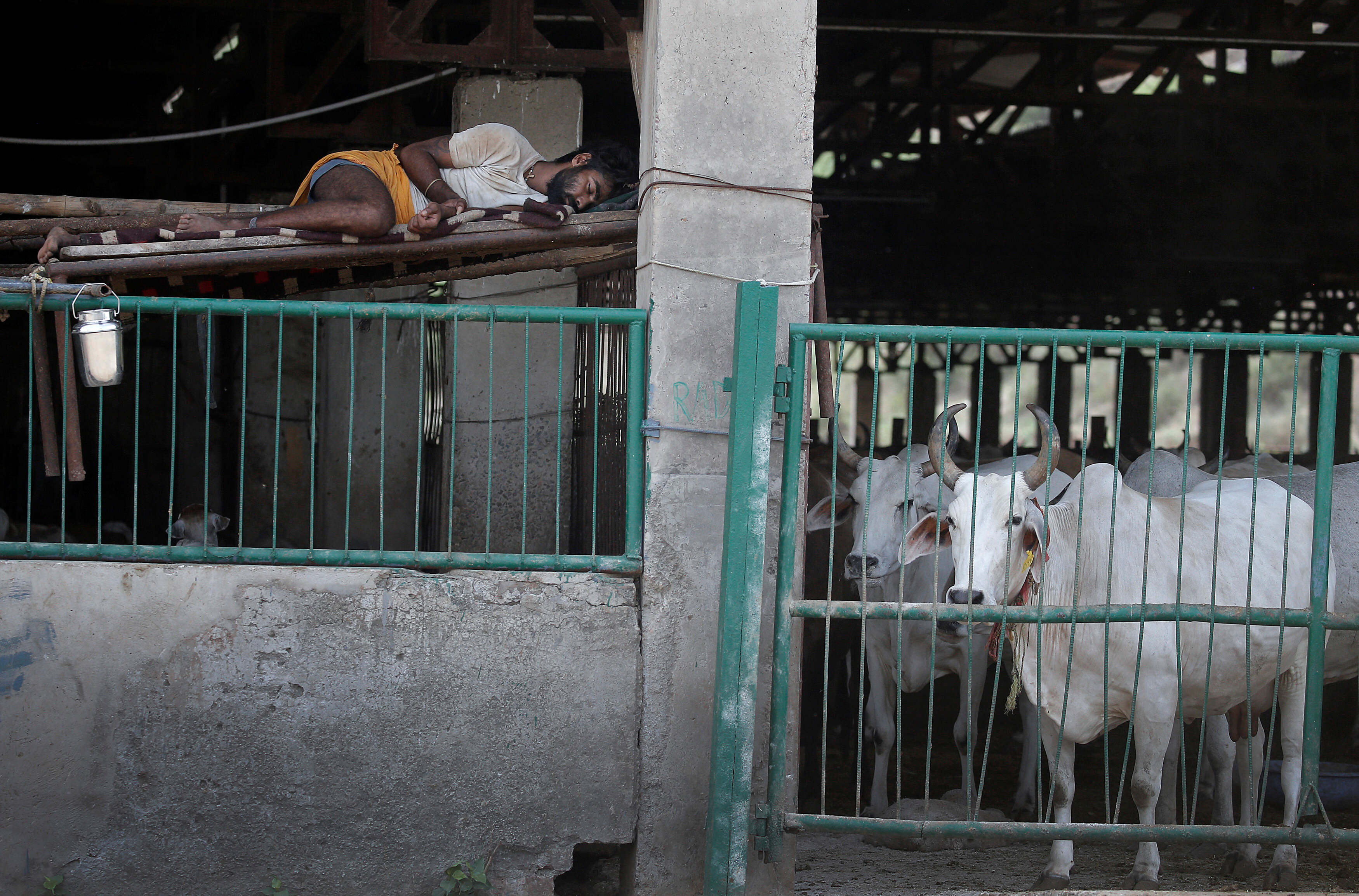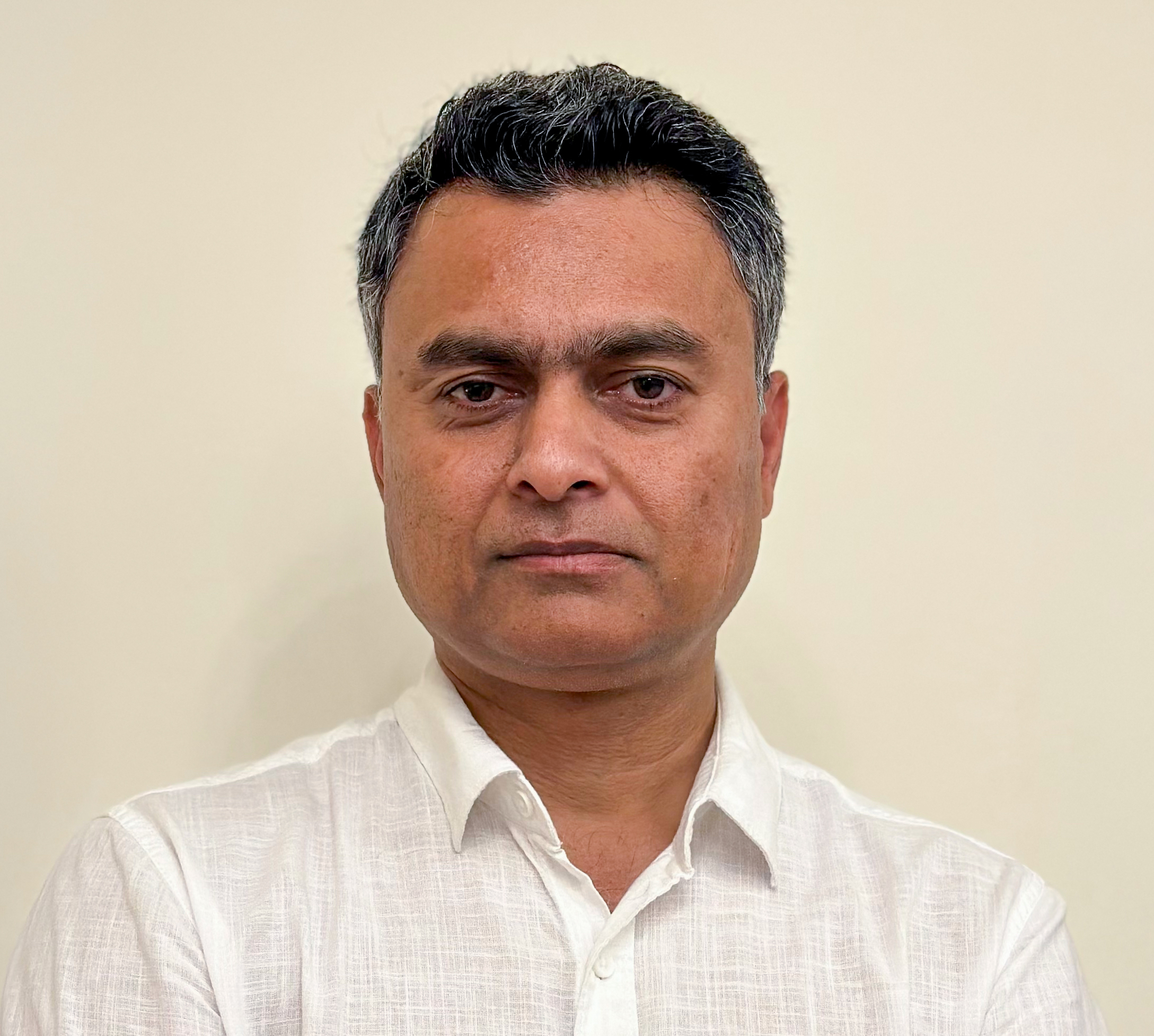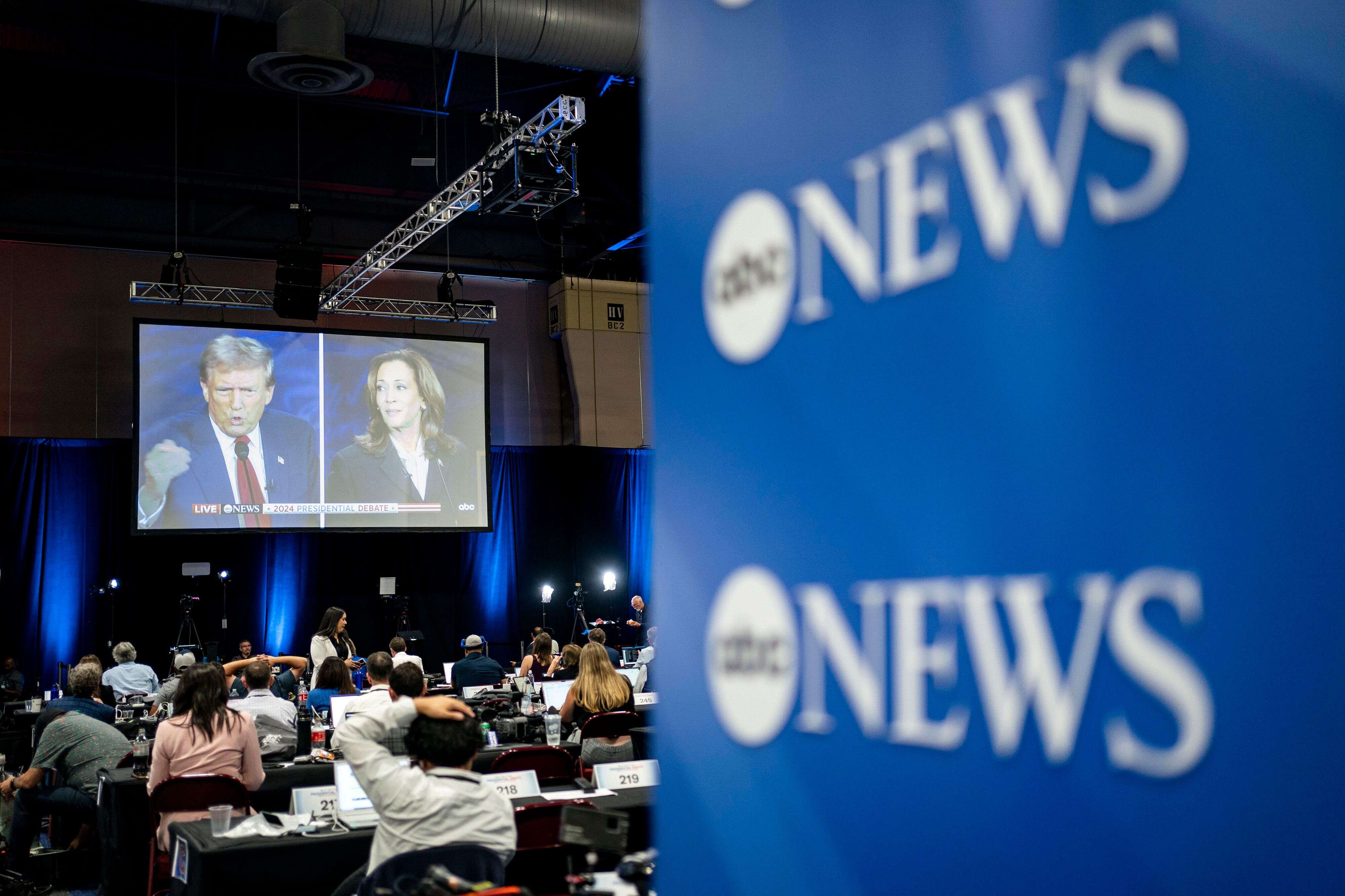يقال إن الصورة تغني عن ألف كلمة، فالزمن قد تغير، والكتابة وحدها ما عادت تفي بالغرض. في كثير من الأحيان تود أن توصل رسالة ما، إلا أن الكلمات المجرَّدة لا تستطيع أن تصف ما تريد إيصاله بالفعل.
ومع وجود الكم الكبير من الصور والإنفوغرافات والصور المتحركة (GIF) وحتى الفيديو على منصات التواصل الاجتماعي، أصبح المحتوى البصري يحظى باهتمام أكبر بكثير مما كنا نظن، وباتت الصورة هي العامل الأهم والأكثر تفاعلا فيه، خصوصا في عالم تويتر الذي لا يتيح لك أكثر من 140 حرفا لتعبر بها عمّا تريد.
وأنت كصحفي أو تقود حسابا لمؤسسة إعلامية، ستلجأ للتعبير عن نفسك كثيرا من خلال تويتر، إلا أن عدد الأحرف يخونك غالبا، لذلك تذكّر دائما أن هناك العديد من الخيارات والحلول الممكنة لتفادي معضلة عدم كفاية الـ140 حرفا.
لماذا نستخدم الصور المتحركة والفيديو والصور الثابتة؟
لنضع في حسباننا -قبل أن نعطي الإجابة على هذا السؤال- المعلومة التالية، أن مستخدمي تويتر ينتجون ما معدله 5700 تغريدة في الثانية الواحدة، جزء كبير منها يحتوي على مضمون خبري أو صحفي، لذلك أصبح التحدي كبيرا لوصول تغريدتك من بين الكم الكبير من الصحفيين والمؤسسات الإعلامية على موقع تويتر إلى أكبر قدر من المتابعين وتحقيق أعلى تفاعلية، خصوصا أن التجول عبر تويتر معروف بسرعته، وأحيانا لا يتعدى المرور على بعض التغريدات أجزاء من الثانية.
كي تصبح صحفيا مميزا، احرص على دمج الجانب المرئي مع الكتابة العادية، فهذا سيوصل رسالتك بشكل أفضل من أن تكتب مجرد كلمات قد تضيع بين كمّ التغريدات الكبير في هذا العالم، إذ تقول دراسة قام بها تويتر عام 2014، إن التغريدة التي تحتوي على جانب بصري تحقق تفاعلية أكبر بنسبة 35%، لذلك لا تهمل هذا الأمر خاصة إن كنت تضع خطة تسويق لمنتجك على تويتر.
نبذة مختصرة
الصورة المتحركة (GIF): يمكن اعتبارها فيديو قصيرا وسريعا للغاية، ويعيد نفسه بشكل متكرر دون توقف، ويعمل تلقائيا، وهي طريقة مميزة للغاية لجذب انتباه متابعيك وهم يتصفحون الصفحة الرئيسية (Home). وبدلا من أن ترفق فيديو طويلا يشرح الخبر، بإمكانك الآن أن تضيف صورة متحركة تلخص الفكرة في بضع ثوان.
الصور الثابتة: لعله الأسلوب المعتاد والتقليدي لإضافة جانب بصري لتغريدتك والخبر الذي تنشره، ويقوم على إرفاق صورة مؤثرة للفت الانتباه وإضفاء توضيح بصري للصورة يساهم في فهم الخبر على نحو أفضل. احرص دائما أن يُرفق سبقك الصحفي بصورة تعزز موقف المحتوى.
الإنفوغراف: هو أسلوب لعرض المواد الصحفية، بحيث يحول أي معلومة من شكل كتابي إلى بصري بتقسيم مميز يكسر جمود القراءة ويعطيها نكهة ممتعة.
انتشرت فكرة الإنفوغراف بشكل ملحوظ على شبكات التواصل الاجتماعي، وحظيت باهتمام كبير من جمهور تويتر خصوصا، فهي تلفت انتباههم وتحقق تفاعلية أكبر. وبدل أن تنشر –كصحفي- مجموعة تغريدات تحوي كمّا من المعلومات والأخبار، فالإنفوغراف هو الحل لجمع كل تلك المعلومات ووضعها في مكان واحد.
الفيديو: أتاحت تويتر مؤخرا تطبيق إضافة الفيديو إلى تغريدتك ليكون بديلا حقيقيا عن استغراق وقت كبير في محاولة اختصار فكرتك في 140 حرفا. إن استغلال ميزة الفيديو باتِّزان من شأنه أن يحقق تفاعلية عالية ويوصل فكرتك بالشكل الذي تريد. كما يمكنك استخدامها في حالات تحليل الخبر، أو شرح تفصيلة خبرية معينة.
أين يمكنني أن أجدها (الصورة الثابتة والمتحركة والفيديو)؟
تحتوي الشبكة العنكبوتية على الكثير من الموارد التي يمكنك أن تستقي منها مادتك البصرية المناسبة كصحفي. أحيانا نحتاج فقط أن نعرف من أين يمكن أن نحصل على مبتغانا، لذلك سنضع في هذا الموضوع بضع ومضات ستعينك كثيرا:
مخازن صور: قد يستغرب البعض من تسميتي إياها "مخازن"، إلا أنها في الحقيقة كذلك، فهناك الكثير من مواقع الإنترنت التي توفر لك كمّا كبيرا للغاية من الصور ذات الدقة العالية بشكل "مجاني"، وهو ما يستحق بالفعل متابعتها وحفظها ضمن قائمة المواقع التي تستخدمها بكثرة مثل:
Negative Space
Find a Photo
Upsplash
الفيديو والصور المتحركة: أبرز المواقع التي تعنى بهذا العالم هو موقع Giphy.com، ولعلي أعتبره الموقع الأفضل للصور المتحركة، حيث يحتوي على عدد كبير من الخيارات والأفكار المختلفة لهذه الصور. أما الفيديو فيمكنه أن يكون بعدستك الخاصة، أو يمكنك تحميل مادة شاهدتها هنا أو هناك تعزز بها تغريدتك.
كيف أصنع ذلك بنفسي؟
البعض يحب أن يُنتج محتواه البصري الخاص بدل أن يأخذه بشكل جاهز من بعض المواقع، وهو شيء إيجابي بكل تأكيد. غير أن هناك من يتساءل إن كانت هناك أدوات حقيقية تخدم مستخدمي مواقع التواصل الاجتماعي بشكل سهل وبسيط، دون تعقيدات برامج التصميم والفيديو المتخصصة؟ والجواب بكل تأكيد نعم، وسأستعرض بعضا منها هنا:
Canva: موقع مميز لإنتاج محتواك المرئي الخاص، إذ يحتوي هذا الموقع على مجموعة واسعة من القوالب -بما فيها الإنفوغراف- مع مجموعة خاصة بهم من الصور الثابتة والمتحركة وخطوط منوعة للكتابة، وهو ما يعتبره البعض حلم المصممين.
Pablo by Buffer: لمن يحبون التعديل السريع على الصور دون أن يغرقوا في أدوات البرامج المحترفة، سيجدون أن هذا الموقع يؤدي عملا مميزا للغاية. ببساطة ترفع الصورة ثم تضيف النص وتغير الحجم وتضفي لمستك الخاصة، وبعد ذلك تنشر الصورة على منصاتك في مواقع التواصل، ولن تأخذ العملية أكثر من دقيقة.
Recite "الاقتباسات": وهو من أكثر الأساليب المحببة للمتابعين في عالم التواصل الاجتماعي، خصوصا في عالم تويتر السريع، وإن أردت أن تقتبس يوما شيئا لكاتبك المفضل، فهذه الأداة تتيح لك ذلك بقوالب مميزة ورائعة ستحظى بتفاعل كبير لدى متابعيك بكل تأكيد.
MakeAGIF.com: هي أداة مميزة تعطيك خيارات متنوعة لصناعة صورة متحركة. يمكنك ذلك من خلال تحميل فيديو معين، أو رابط يوتيوب وغيرها من الطرق السهلة والميسرة.
نصائح مهمة قبل أن تغرد
المحتوى أولا: من أهم القواعد التي يجب أن تضعها نصب عينيك دائما هي اهتمامك بالمحتوى، فلو كان رديئا أو خاطئا، فستكون تغريداتك بلا قيمة تذكر لدى متابعيك. لا تستخدم محتوى بصريا لمجرد الاستخدام، فالاهتمام بالمحتوى الكتابي يوازيه في الأهمية ذاتها -وربما أكثر- الاهتمام بالمحتوى البصري ومدى ارتباطه وصلته بالتغريدة. لا تتسرع وتنشر صورة لم تتحقق منها، فتخسر كثيرا من ثقة متابعيك.
لا تبالغ في استخدام المحتوى البصري: المبالغة في استخدام المحتوى البصري بشكل عشوائي وغير مدروس يؤثر سلبا على مضمون التغريدة، وقد يتحوَّل إلى أمر مزعج. استخدم المحتويات البصرية عند الحاجة كي تحتفظ بقيمتها وقيمة الرسالة التي تود إيصالها.
فكّر جيّدا قبل النشر: هذه القاعدة مهمة من أجل بناء جسور ثقة بينك وبين متابعي تغريداتك. وكونك صحفيا، فإن التسرع في نشر خبر خاطئ سيكلّفك الكثير، لذلك فكر مليا قبل أن ترفق أي محتوى بصري، وتأكد من مناسبته تماما لمضمونك، واجعل من طريقة العمل هذه عادة، وأعد النظر مرارا وتكرارا قبل أن تغرد، واسأل نفسك: ماذا لو شاهدت مثل هذه التغريدة لدى شخص آخر؟
كيف ترى الـ140 حرفا الآن؟
بعد كل هذه الأدوات التي تعزز المحتوى المرئي لتغريدتك، تأكد من أن تستغلها لخدمتك ومصلحتك وتحقيق أكبر قدر من التفاعلية. وبعد قراءتك لهذه المادة، هل ما زلت تعتقد أن الـ140 حرفا لا تكفي؟


















